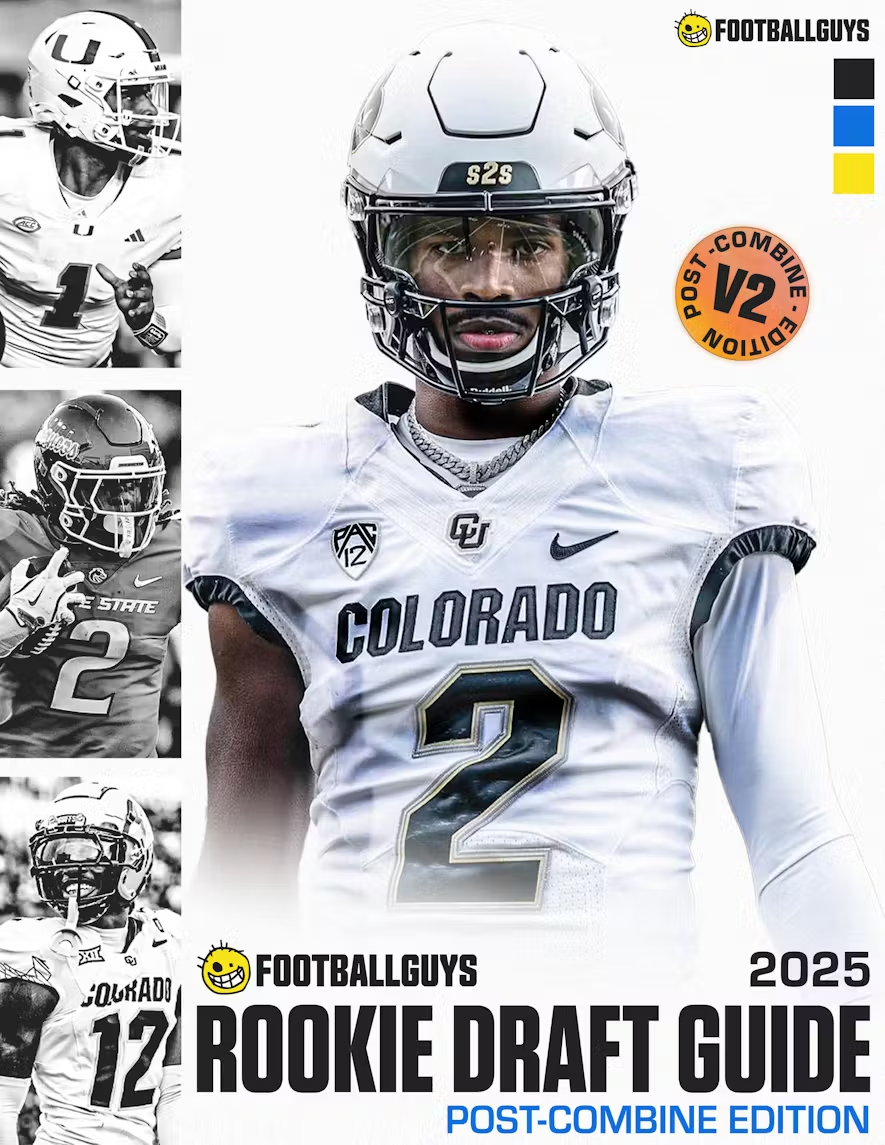
During his freshman season at USC, Jarvis Jones felt his shoulders go numb after a tackle. His symptoms went away quickly and he expected to return to play.
But the Trojan medical staff was concerned that Jones had something more concerning than a stinger – a condition that causes numbness on just one side of the body. When testing showed that Jones had stenosis of his cervical spine, USC doctors refused to clear him for contact.
That’s not uncommon. Cervical spinal stenosis ended the career of Michael Irvin, multiple offensive linemen and Cooper Manning. It could be the reason Scott Fujita was forced into retirement last season, along with many other players whose careers ended early with “neck” injuries.
However, after racking up 28 sacks in two seasons at Georgia, Jones is now considered a lock to be drafted in the first round.
How was Jones allowed to play after the specialists at USC refused to clear him? How likely is his condition to limit him in the future? How will a NFL medical staff assess the risk of drafting Jones? All are complicated questions.
The medical definition of spinal stenosis is straightforward – a narrowing of the spinal column that can cause pressure on the spinal cord and nearby nerves. Determining how much stenosis is acceptable for a football player and how high the risk of future injury is less clear.
A 1990 study of 224 professional football players found that 33% met x-ray criteria for cervical spinal stenosis. In other words, it may be that lots of football players play with spinal stenosis and never have symptoms. Other studies suggest that x-ray evidence of cervical spinal stenosis is not a good predictor of future symptoms.
For those reasons, some specialists may choose to based their decision to clear a player for contact on how quickly symptoms resolve and how much range of motion and strength the player has in his neck after the episode. There’s more than enough gray area for one specialist to be comfortable clearing a player for contact while another is not.
That won’t be the only gray area in this case. One NFL medical staff may disagree with another about whether Jones is likely to have future episodes. Though his condition puts him at increased risk, Jones has now played two full seasons at Georgia without missing playing time with neck pain or weakness. Some teams will be more reassured by that than others.
There won’t be a consensus medical opinion on Jones. But multiple teams will be willing to risk the possibility of a shortened career for the elite edge rushing talent Jones has shown in college.
Barring a surprise this weekend or at his pro day workout, Jones will be shaking Roger Goodell’s hand on the last Thursday night in April.
Follow me on Twitter @JeneBramel for the latest injury news, analysis and commentary. Questions, suggestions and comments are welcome by email at bramel@footballguys.com.

_png)
